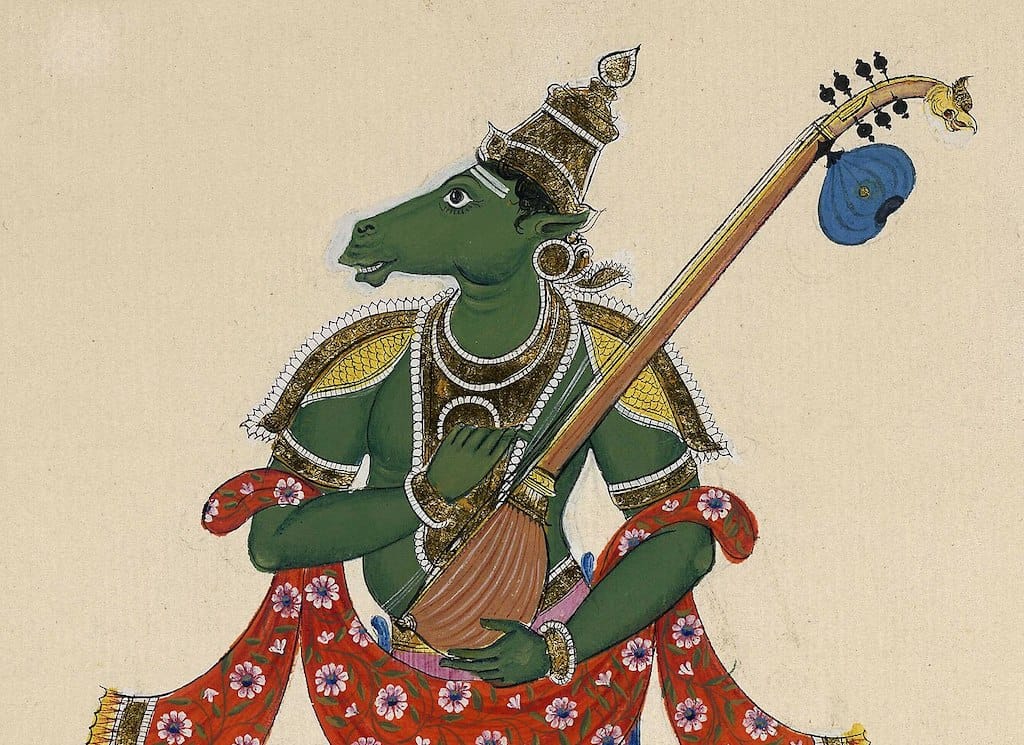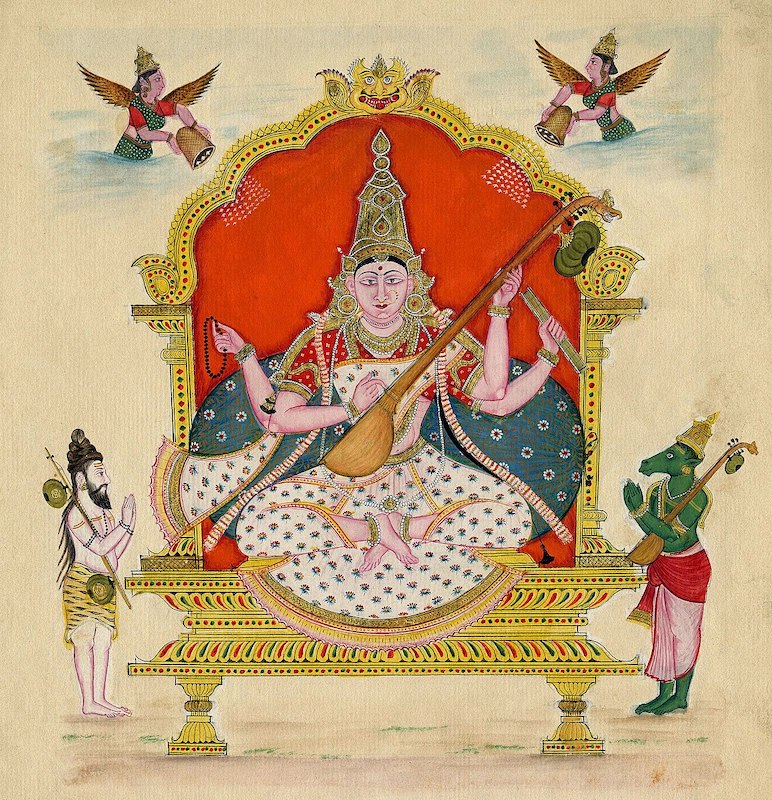Gandharvas: Celestial Musicians and Intermediary Beings

In the rich fabric of Indian religions like Hinduism, Buddhism, and Jainism, one encounters the enchanting figure of the Gandharva. Rooted in celestial realms, the Gandharvas are esteemed beings revered for their diverse roles and influences across different spiritual domains.
Defining the Gandharva
The term ‘Gandharva,’ derived from Sanskrit meaning ‘musician,’ signifies a divine class encompassing male performers as musicians and singers, while the females exude grace as celestial dancers. Within Hinduism, they are esteemed as celestial demigods serving as the musicians of the devas, showcasing their musical prowess in the divine courts.
Beyond their celestial musical prowess, the Gandharvas’ influence extends across varied spheres. In Indian classical music, the term ‘Gandharva’ resonates with skilled singers, embodying the essence of musical finesse and expertise.
Moreover, historical connections intertwine the Gandharvas with the ancient Gandhara region, imparting a cultural significance that transcends the celestial realm.
Hindu Perspective
In Hindu mythology, the Gandharvas are portrayed as minor deities with exceptional musical talents. They are often described as spouses to apsaras, donning fragrant attire and exhibiting a passion for beauty. These celestial beings guard the sacred Soma drink and adorn the palaces of the devas with melodious tunes. Their abode, Gandharvaloka, in Indraloka, or occasionally serving in Indra’s court, adds depth to their celestial presence.
Their role isn’t confined to music; they serve as escorts, bringing elements from distant realms into this world, thereby stripping them of any potential threat, contributing to fertility and virility, and enriching the tapestry of creation.

Buddhist Connotations
Within Buddhism, the Gandharvas are positioned as among the Cāturmahārājakāyika Devas, noted for their musical prowess. They possess the ability to fly through the air and dwell amidst scents of blossoms and bark. These beings find association with trees and flowers, sometimes causing disturbances to monks in solitary meditation.
Furthermore, the term ‘Gandharva’ in Buddhism doesn’t solely denote a celestial being but also represents an intermediate state between death and rebirth, highlighting their multifaceted existence beyond celestial melodies.
Significant Figures and Associations
Prominent Gandharvas include Tumburu, Visvavasu, Chitrangada, Chitrasena, Drumila, and Candavega, each contributing uniquely to the celestial narrative. The Mahabharata amplifies their presence, intertwining them with the devas and yakshas, portraying them as both musicians and formidable warriors.
Mythological Parentage and Origins
Various lineages attribute the origins of Gandharvas to different entities such as Prajapati, Brahma, Kashyapa, Munis, Arishta, or Vāc, enriching their narrative with diverse roots.
Intermediary Beings and Buddhist Teachings
Buddhist teachings unveil the Gandharvas’ role as intermediaries, occupying the lower echelons of the celestial hierarchy. They represent beings reborn due to practicing the fundamental ethical principles, occasionally interrupting solitary meditations.
In the Realm of Jainism
Jainism acknowledges Gandharvas among the eight Vyantara Devas, honoring their celestial presence. Descriptions within different Jain sects offer diverse characteristics, with golden or blackish complexions, and the Tumbaru as their sacred tree.
In essence, the Gandharvas transcend mere celestial musicians; they embody a rich tapestry of cultural significance, spiritual resonance, and interwoven mythologies across the spectrum of Indian religions. Their celestial melodies resonate through the ages, embellishing the narrative of the cosmic symphony.





